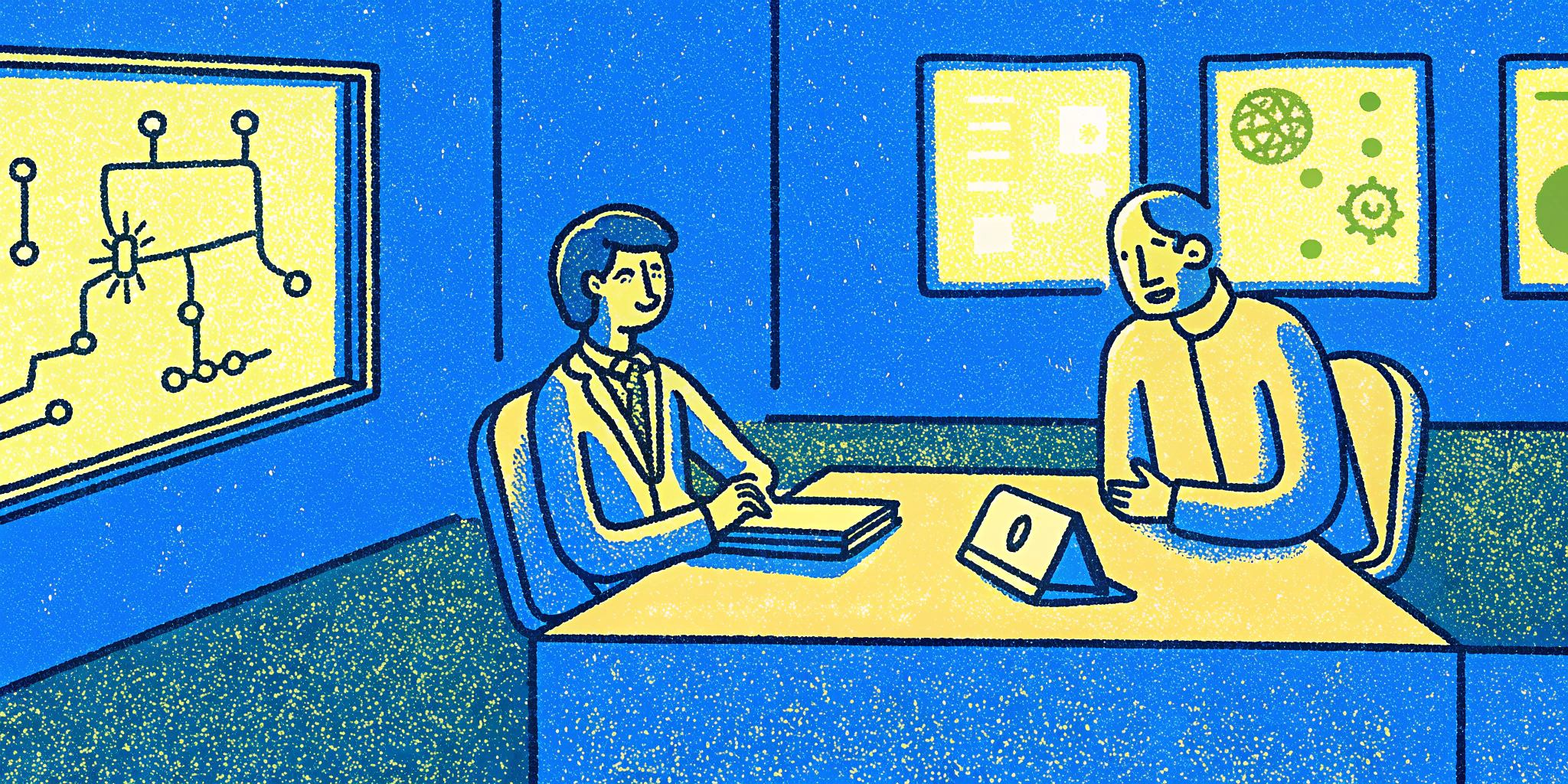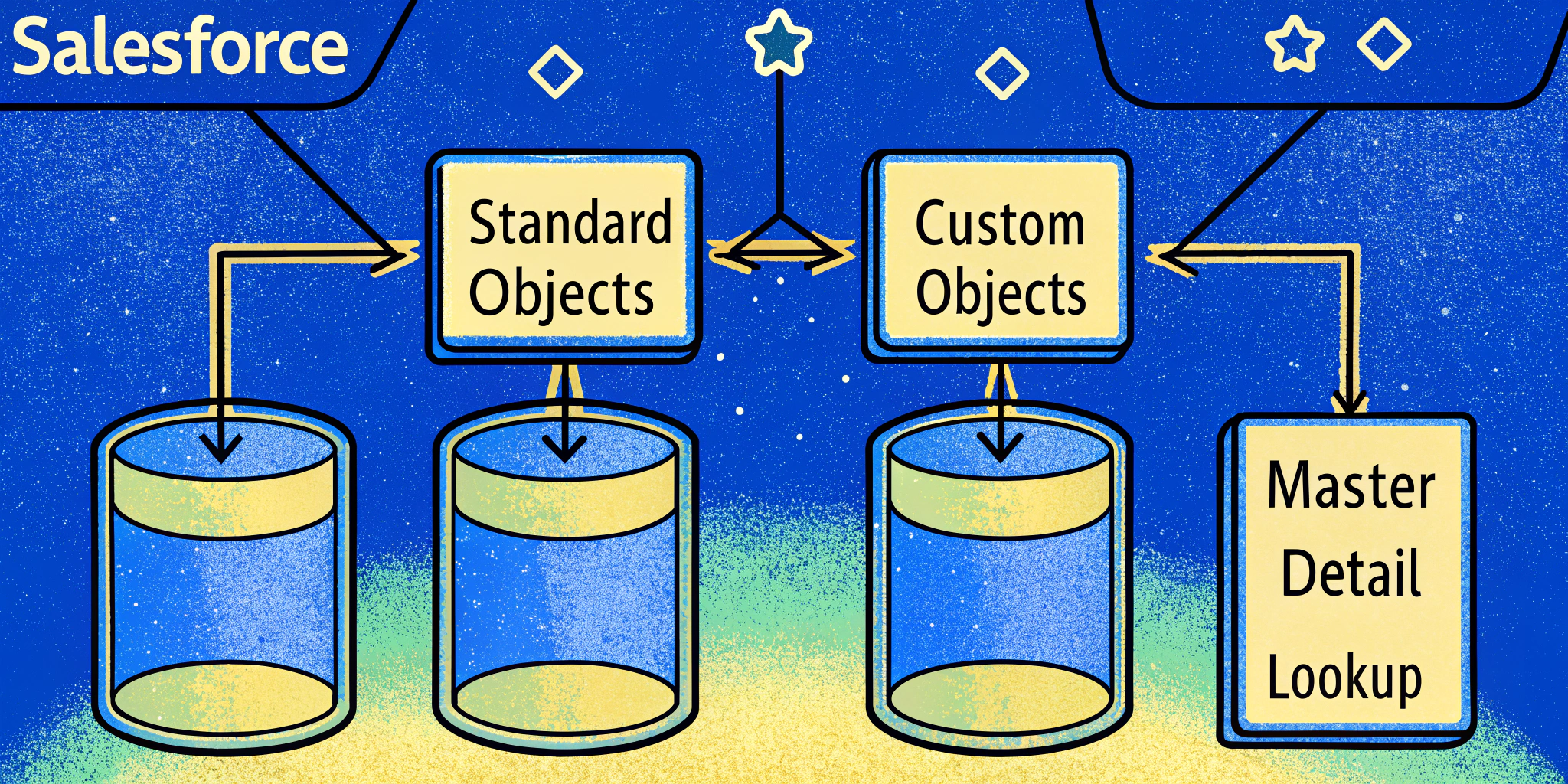Landing a Salesforce Architect role can be a game-changer for your career. But let’s face it—interviews for these positions are no walk in the park. Hi, I’m Alex Carlton, a Salesforce Consultant with over a decade of experience helping professionals prepare for high-stakes interviews. Today, I want to share actionable advice on how to tackle Salesforce Architect interview questions effectively. These insights aren’t just theories—I’ve seen them work in real-life scenarios, and I’m confident they’ll work for you too.
Whether you’re a seasoned Salesforce developer eyeing an architect role or someone transitioning into the Salesforce ecosystem, this guide will walk you through the most common questions, provide strategies to answer them, and even share real examples to help you stand out.
Table of Contents
- What to Expect in a Salesforce Architect Interview?
- Top 5 Salesforce Architect Interview Questions
- Pro Tips to Nail Your Salesforce Architect Interview
- How I Used Ninjafy AI to Ace My Interview
- Conclusion: Your Salesforce Architect Journey
What to Expect in a Salesforce Architect Interview?
The Salesforce Architect interview process can be rigorous, typically involving multiple rounds. From technical deep dives to behavioral assessments, you’ll need to demonstrate both your technical expertise and your ability to lead teams and design scalable solutions.
Key Areas of Focus:
- Technical proficiency in Salesforce architecture, including data models, integrations, and security.
- Problem-solving skills for real-world scenarios.
- Leadership and communication abilities.
Think of this process as a marathon, not a sprint. Preparation is crucial, and that’s why understanding the key questions and strategies to answer them can make all the difference.
Top 5 Salesforce Architect Interview Questions
1. Can You Explain the Salesforce Data Model?
Sub-heading Opening Paragraph:
This question is a classic. Interviewers want to gauge your understanding of Salesforce’s core architecture and how well you can design data models that align with business requirements.
Snippet Paragraph:
At its core, Salesforce’s data model consists of objects, fields, and relationships (e.g., master-detail and lookup). The key is to explain how these elements interact and how you’ve customized or extended them in past projects.
Dive Deeper Paragraph:
For example, in one of my projects, the business needed a custom object to track employee certifications and their expiration dates. I designed a data model where the Certification object was tied to the Employee object via a lookup relationship. Additionally, I implemented formula fields to calculate the remaining days until expiration. This streamlined reporting and ensured compliance across the organization.
Table: Key Salesforce Data Model Concepts
| Component | Description | Example |
|---|---|---|
| Standard Objects | Predefined objects provided by Salesforce. | Account, Contact, Opportunity. |
| Custom Objects | User-defined objects for specific needs. | Employee Certification. |
| Relationships | Define how objects are connected. | Master-Detail, Lookup. |
| Schema Builder | A visual tool to design and view data models. | Used for understanding object interrelations. |
Claim:
Demonstrating your ability to design flexible, scalable data models is critical to showcasing your technical aptitude.
2. How Do You Handle Integration Challenges?
Opening Paragraph:
Integration is at the heart of most Salesforce Architect roles. Whether it’s connecting Salesforce with an ERP system or a custom application, your approach to handling integration challenges speaks volumes about your expertise.
Snippet Paragraph:
Be prepared to discuss tools like MuleSoft, Salesforce APIs, and integration patterns like ETL or real-time processing.
Dive Deeper Paragraph:
For instance, I once worked on integrating Salesforce with a legacy ERP system using MuleSoft. The challenge was handling data discrepancies between the two systems. By implementing middleware for data transformation and utilizing Salesforce’s Platform Events, we achieved near real-time synchronization. This reduced order processing time by 30%.
Table: Common Integration Tools & Their Use Cases
| Tool | Primary Use Case | Example |
|---|---|---|
| MuleSoft | Middleware for complex integrations. | ERP to Salesforce integration. |
| REST/SOAP APIs | Direct API calls for real-time data exchange. | Fetching external customer data. |
| Data Loader | Batch data uploads or migrations. | Importing legacy data into Salesforce. |
Claim:
Mastering integration tools and patterns is non-negotiable for a Salesforce Architect role.
3. Describe Your Approach to Salesforce Security
Opening Paragraph:
Security is a cornerstone of Salesforce architecture. Interviewers want to know how you balance robust security measures with user accessibility.
Snippet Paragraph:
Focus on features like Role Hierarchies, Sharing Rules, and Field-Level Security. Provide examples of how you’ve implemented these in past projects.
Dive Deeper Paragraph:
For example, during a project for a healthcare client, I implemented HIPAA-compliant security measures by restricting access to sensitive patient data using Field-Level Security and encrypted fields. Role-based access ensured that only authorized personnel could view specific records.
4. How Would You Optimize Performance for a Large Salesforce Implementation?
Opening Paragraph:
Performance optimization is often a pain point for organizations with large data volumes or complex processes. This question tests your ability to identify bottlenecks and implement solutions.
Snippet Paragraph:
Talk about techniques like indexing fields, reducing Apex triggers, and leveraging asynchronous processes.
Dive Deeper Paragraph:
In one case, a client experienced slow report generation due to poorly designed queries. I restructured the queries to use indexed fields and introduced skinny tables for high-frequency operations. The result? Report generation times improved by 50%.
5. Tell Me About a Time You Solved a Complex Salesforce Problem
Opening Paragraph:
This behavioral question is your chance to shine. Use the STAR method (Situation, Task, Action, Result) to structure your response.
Snippet Paragraph:
Choose a problem that highlights your technical skills, problem-solving abilities, and leadership.
Dive Deeper Paragraph:
For instance, I once managed a Salesforce implementation where the client had over 1 million records to migrate. Using Ninjafy AI’s AI Interview Copilot during mock interviews helped me refine my storytelling. I explained how I designed a custom migration script with error logging to ensure data integrity, reducing migration time by 40%.
Pro Tips to Nail Your Salesforce Architect Interview
- Use Mock Interviews: Tools like Ninjafy AI can simulate real interview scenarios, helping you practice and refine your answers.
- Stay Updated: Salesforce evolves rapidly. Follow updates on tools like Hyperforce and Einstein GPT.
- Leverage STAR Method: Structure your answers to behavioral questions for clarity and impact.
How I Used Ninjafy AI to Ace My Interview
Here’s a personal anecdote: While preparing for my interview, I used Ninjafy AI to simulate questions based on Salesforce Architect roles. The AI’s real-time feedback helped me craft precise and impactful answers, especially for technical questions. The InvisibleEyetrack™ feature also ensured I maintained confident eye contact during video interviews.
Conclusion: Your Salesforce Architect Journey
Securing a Salesforce Architect role requires preparation, strategy, and confidence. By understanding the key questions, practicing with tools like Ninjafy AI, and demonstrating your expertise through real-world examples, you’ll be well on your way to acing your interview.




